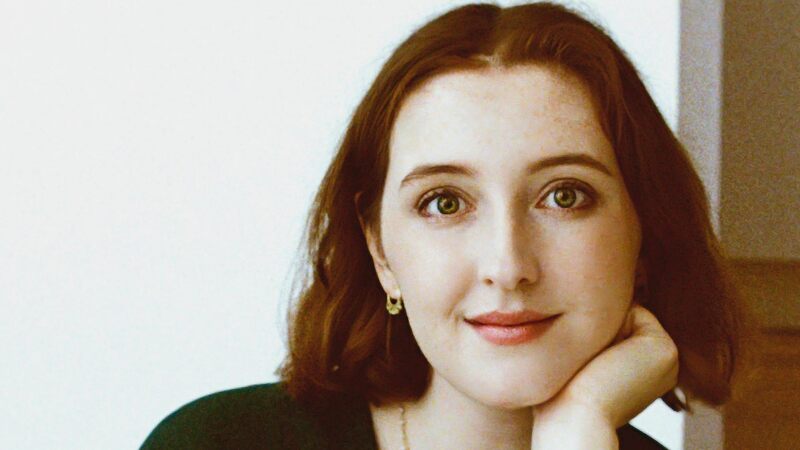You are viewing your 1 free article this month. Login to read more articles.
Ruth Ozeki's Tale for the Time Being
A barnacled plastic freezer bag washes ashore on a remote island off the Canadian west coast and is found by a writer named Ruth.
Inside is a battered Hello Kitty lunchbox containing the diary of Japanese schoolgirl Nao Yasutani, hidden within the covers of a copy of Proust’s À la recherche du temps perdu.
So begins Ruth Ozeki’s profoundly original and luminous third novel, A Tale for the Time Being. The narrative focuses on Nao’s troubled coming of age story; Ruth’s literary detective work as she tries to track down Nao from across the Pacific; and the Second World War experiences of Nao’s French literature-loving great-uncle.
A Tale for the Time Being
At the heart of the book is Nao, a sort of 21st-century, Tokyo-based female Holden Caulfield. Nao is born in Japan but grows up in Sunnyvale, California, after her father gets a high-powered Silicon Valley job. Nao loves America, but when the dot-com bubble bursts her father gets sacked and has to bring the family home to Tokyo.
Nao is a stranger in a strange land in Japan—she cannot get to grips with the culture, she is bullied at school, and her father retreats into himself, becoming suicidal. Nao’s release is the diary—into which she pours her feelings and observations—and her budding relationship with her 104-year-old great-grandmother Jiko, a Buddhist nun, feminist and former anarchist.
“Nao was the starting point,” Ozeki says over a crackly line from her home in New York City. “It was about 2006 when she just popped into me; this voice just announced itself.” Perhaps interestingly it was the reader who finds the diary which Ozeki had the most trouble creating. “I ‘auditioned’ about four or five characters; each was worse than the last.” A horrific natural disaster focused her mind. “In 2011, the tsunami and earthquake hit. Suddenly the world was different; Japan was no longer the place it had been. So the reader’s story had to include all that—it had to be post-Fukushima.”
The reader then became a very familiar character: a fictionalised version of herself. The novel’s Ruth is a writer who lives with artist husband Oliver for part of the year on an island outside of Vancouver, just like Ozeki herself. “I resisted it at first because it felt awkward and self-conscious. But I have a film background, and my husband pointed out that I never felt squeamish about putting myself in my documentaries.”
All Over Creation
Ozeki grew up in New Haven, Connecticut, the child of a Japanese mother and American father who met at Yale.
At university, she initially studied psychology until after a year abroad in Japan she switched to literature and Asian studies. It was in Japan that she came to terms with her dual identity. She says: “Growing up in the US people always thought of me as Japanese. But I didn’t speak the language, I had no real connection with Japan. Still, I grew up thinking of myself as a little Japanese girl, along with that came all those stereotypes: you have to be cute, smart, good at maths, proficient in music, preferably the violin.
“Then I went to Japan, and for the first time people looked at me as a Westerner. I was able to get in touch with my inner American: it was OK to have a sense of humour, to be sort of loud and obnoxious.”
After eight further years studying and working in Japan, Ozeki eventually moved to New York, where she worked as an art director for direct-to-video SF and horror films. That did, however, lead to a decade of working in Japanese TV.
While working in TV, she wrote her first novel My Year of Meats (Picador) which was followed by 2003’s American Book Award-winning All Over Creation. Since her first book was published, she largely gave up filmmaking. “When I was filmmaker what I really liked was the editing: the solitary process of moving things around and building a story. And I suppose that’s what writing is about.”
Something that also helps her writing, Ozeki says, is her Zen Buddhism (she became a novice Zen Buddhist priest in 2010). “Part of the practice is meditation, this notion of mindfulness, where you become aware of your body, senses and emotions. It’s a practice of becoming intimate of all of these things. It’s extremely symbiotic with writing.”
If there is a theme that unites her previous two books with A Tale for the Time Being, it is a sense of displacement, a familiar emotion for Ozeki. She says: “I’ve always felt neither here nor there. Maybe for a writer that’s the best place to be. You’re never in the middle of the stream, you’re always on the edge looking in. The edge, the margins are a great place to be if you want to observe and write about them.”
A Tale for the Time Being by Ruth Ozeki is published by Canongate.















